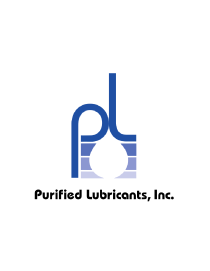The enemy to any lubricated machine is particle contamination. In a perfect world, machines would be sealed up to block the ingression of particles before any problems occur, but unfortunately this isn’t the case. We live in a dirty environment.

The enemy to any lubricated machine is particle contamination. In a perfect world, machines would be sealed up to block the ingression of particles before any problems occur, but unfortunately this isn’t the case. We live in a dirty environment.

“When we drained one of our turbine oil filter housings, inductively coupled plasma (ICP) elemental analysis showed phosphorus levels at about 1,600 parts per million (ppm), which is abnormal. The acid number was approximately 0.29. Do you have any insight as to what could be causing the high phosphorus levels?”

Leaks rank No. 1 in the list of most common maintenance issues involving hydraulic equipment. While not a new problem, the real cost of hydraulic oil leaks to industry – which include makeup fluid, cleanup, disposal, contaminant ingression and safety – are only now being fully considered.

What do lifting chains, bladder-type accumulators and hydraulic hoses all have in common? Well, they typically have only one mode of failure – and that’s catastrophic. One minute they’re working as they should, and the next thing you know, they’ve gone to hell.

It is important to recognize that the amount of tubing, the size of the sample port and the volume of static oil in relation to the location of the sample port can all disturb the overall quality of the sample. For an effective, data-rich sample, appropriate pre-sample flushing volumes should be included in sampling procedures and should be specific for each individual sample port. The industry rule of thumb is to pre-flush six to 10 times the total volume of static oil in a sample tube, port, port adapter and any dead legs of pipe in the systems upstream of the sample port location.

